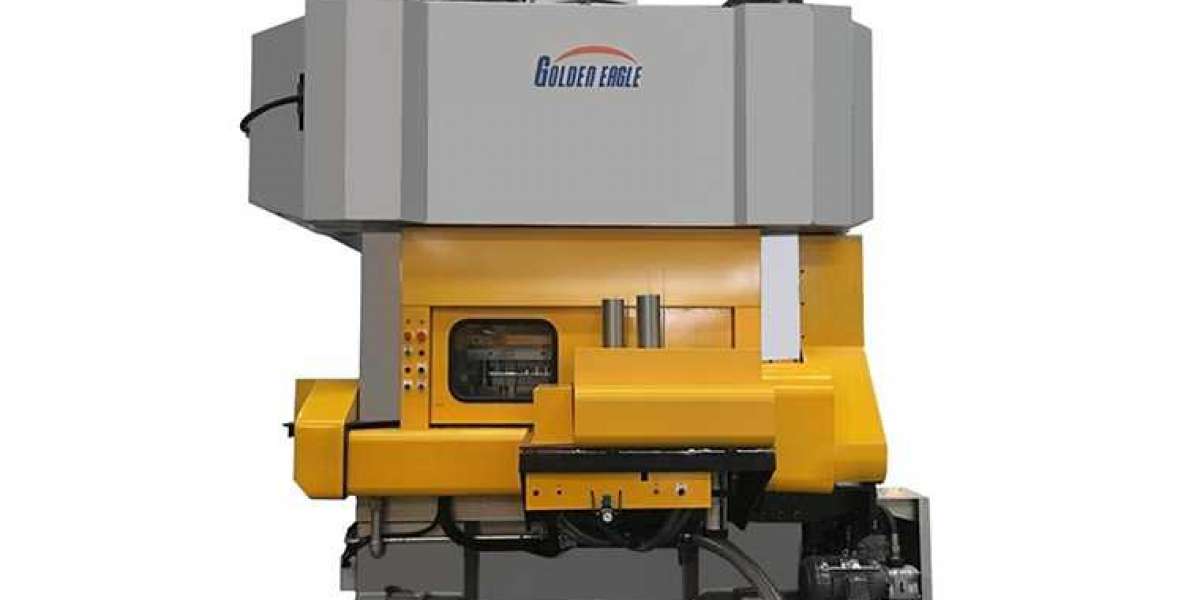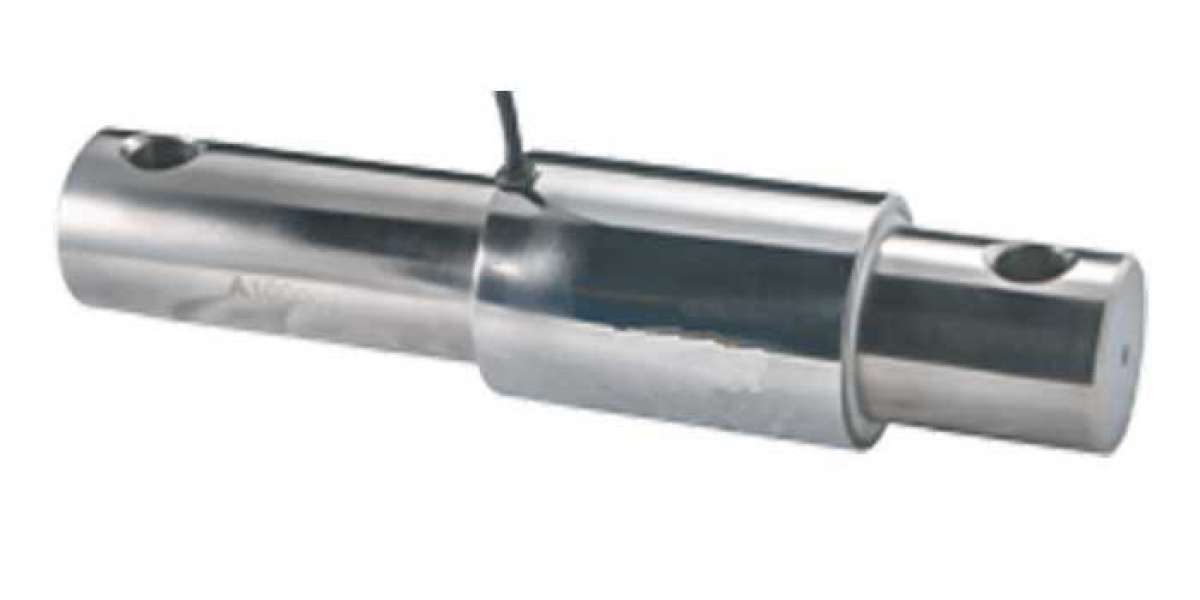There are many processes in the can-making process. If it is not handled properly, it is easy to scratch the tin layer. In severe cases, it may damage the alloy layer, which promotes chemical and electrochemical reactions between the contents and tin and iron, and accelerates the corrosion of the inner wall of the tank. Key factor. Therefore, each process of can making must be carefully and carefully operated. The possible causes and prevention methods of scratching the tin-plated layer in the main process of can making are described as follows:
- The pressure plate and positioning plate of the cutting machine should not be adjusted and controlled too tightly, otherwise it will cause slat-like drawing and scratches on the can body
- There are burrs on the cutting edge of the can body plate, which is easy to scratch the next piece of material when the material is rounded. Therefore, the geometric size and shape of the tank body must be checked frequently, and the cutting edge of the shearing machine must be sharpened in time if necessary.
- The conveying track of the can body is worn, and the can body will be scratched if there is dust and impurities.
- Improper adjustment of the sizing gauge, too tight or inflexible guide wheel will cause scratches.
- Wearing or too tight adjustment of the can feeding track and the can divider will cause scratches during the can feeding process.
- The flanging mould is worn, especially the impact flanging machine, the flanging mould is not standard, and the flanging curve is not smooth and presents a segmented slope, which will cause the flanging mouth to scratch. The flanging spinning wheel of the spinning flanging machine is not flexible, and if it is not properly calibrated, it will also cause scratches on the flanging mouth.
- Sealing crimping
(1) Poor sealing accuracy of the sealing machine
(2) The pressure head and rollers of the can sealing are not standard, and no suitable pressure head and roller are selected according to the different thickness, hardness, and diameter of the tin plate.
(3) The groove curve of the sealing roller is not smooth or worn.
(4) The sealing head and the roller are not well matched and adjusted improperly.
(5) The lid (bottom) drop of the can is not coordinated with the lid feeding of the can sealing machine.
Welcome to contact us if you are interested in Tin can making machinery production line!



